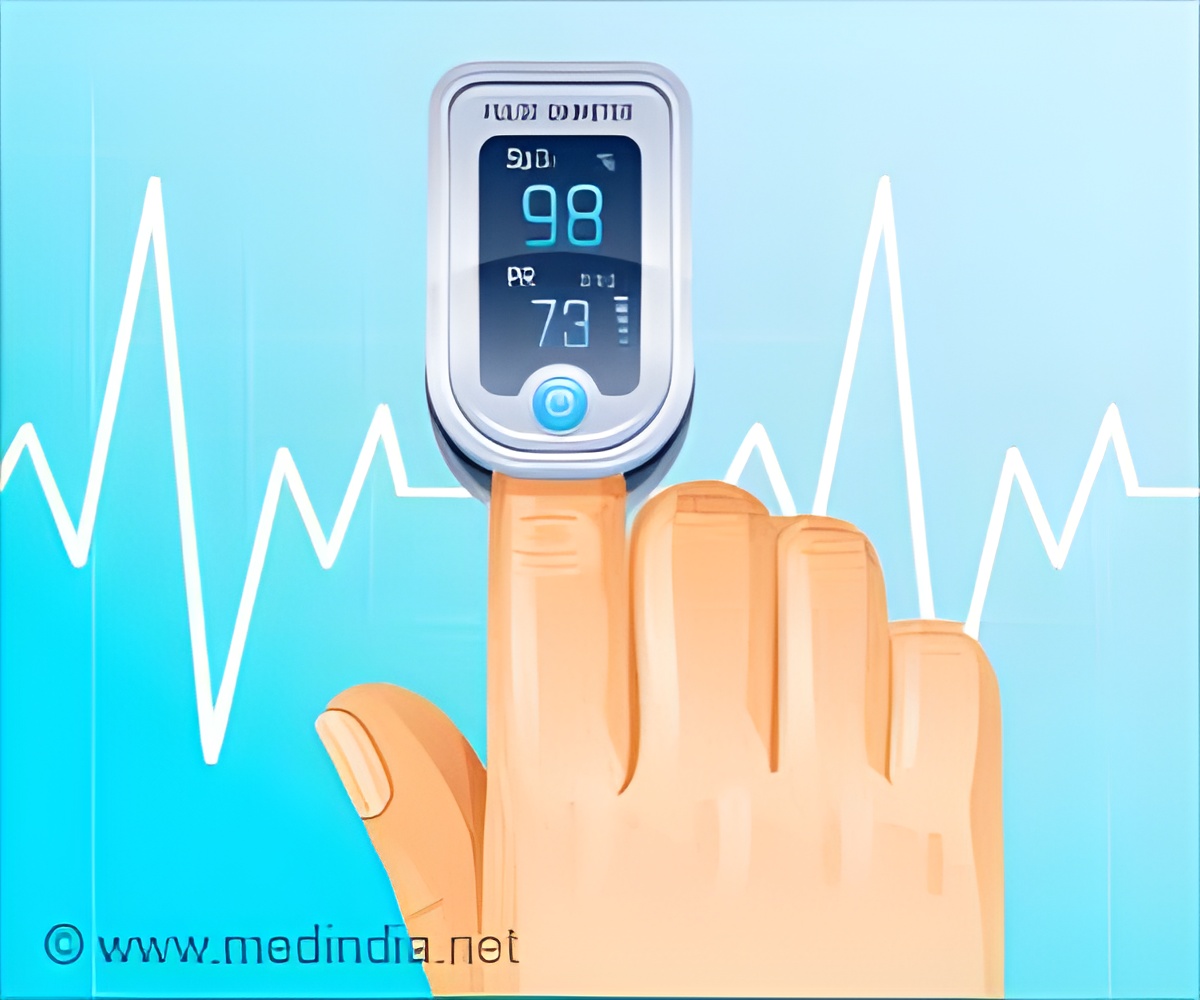Pulse oximeters may not be accurate in detecting oxygen saturation particularly in dark skinned patients. FDA has warned about several factors that can affect its accuracy.

‘Pulse oximeters may not be accurate in detecting oxygen saturation particularly in dark skinned patients. FDA has warned about several factors like poor circulation, skin temperature, skin thickness, current tobacco use, use of fingernail polish, and dark skin pigmentation that will affect the accuracy of oximeters.’
Read More..




A recent report in the New England Journal of Medicine has shown that Black patients may not receive accurate readings from some pulse oximeters.Read More..
William Maisel, MD, director of the FDA's Office of Product Evaluation and Quality said, “While pulse oximeters may be useful for estimating blood oxygen levels, these devices have limitations that can result in inaccurate readings.”
Maisel has encouraged people to pay attention to all their symptoms specifically if they experience signs of low oxygen saturation levels, such as shortness of breath or bluish coloring on their face, lips, or nails.
He said, “Patients with conditions such as COVID-19 should not rely solely on pulse oximeter measurements to monitor their health at home as they are not a substitute for a medical diagnosis by a health care provider.”
To estimate the amount of oxygen in the blood and the pulse rate, a pulse oximeter uses infrared light beams. The normal oxygen saturation levels can range from 95 percent to 100 percent. In patients with lung problems, the oxygen saturation is lower.
Advertisement
According to the FDA alert, over-the-counter oximeters which are bought by consumers in stores or online are not intended for medical use and do not undergo FDA review. Only prescription oximeters undergo agency review and are typically used in hospitals and doctor's offices, although some patients receive a prescription to use one at home.
Advertisement
Patients should contact their healthcare provider immediately if they are concerned about a pulse oximeter reading, especially if their symptoms become worse or they think they may have COVID-19.
The FDA is evaluating the current research about pulse oximeter accuracy, specifically focusing on the studies that evaluate whether the products are less accurate for people with darker skin. The FDA may update its pulse oximetry guidance based on these new findings and will inform the public if new information becomes available.
Source-Medindia









